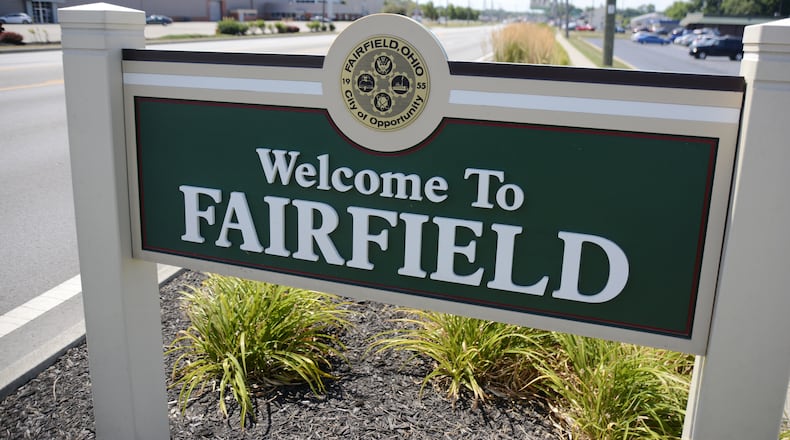“We think this can be a great tool to advance our redevelopment agenda,” Fairfield Economic Development Manager Nathaniel Kaelin. “(CICs are) set up to be a little more nimble than local government.”
The city has had a CIC that hasn’t been used in years, and was developed in a bygone era of economic development. Kathman and Kaelin said the CIC’s documents need to be updated, which includes expanding the number of board members.
A CIC is a non-profit corporation created for economic development purposes and is enabled by the Ohio Revised Code. These non-profit organizations work on the behalf of a community and have the authority to do a variety of things such as acquire property for either redevelopment projects or building demolition. They can also transfer property easier than local governments, sell below market value, and provide financing or short-term bridge loans.
Kathman said “one of the biggest challenges” for City Council is prioritizing projects. City Council’s direction to the CIC could be addressing quality of life, removing blight, job creation, marketing opportunities, or countless other types of priorities.
But reconstituting the CIC will allow the city to “determine its destiny” through the assistance of the CIC since that corporation can control properties, act more quickly on those properties, and be prepared when future opportunities arise, said Kathman.
Any CIC action would require checks and balances by City Council, however. An example of a property acquisition through the CIC starts with an identified opportunity. City Council, a member of the city’s staff, or the CIC board could identify that opportunity.
The project is then presented to the CIC board, which Development Services is proposing it consists of seven members. If the CIC wishes to pursue, the CIC would secure purchase options. That would cost potentially a few thousand dollars, but that option will allow the CIC to conduct its due diligence anywhere from 60 to 90 days.
The CIC would then present the opportunity to City Council, and that body could end the project with a denial of funds, or decided to proceed and issue money for purchase by the CIC.
Kaelin said after the CIC purchases the property, a determination on the end use of the property needs to be made, such as selling it for redevelopment.
“The city will be heavily involved in this,” Kaelin said.
Fairfield has seen a lot of development and redevelopment in the last 12 months. Three major projects were announced in 2021 that equals a $245 million-plus investment into the city with several hundred new jobs promised.
Then there were nine speculative industrial building projects announced or started in 2021 which equal a $175 million-plus investment that could lead to hundreds more new jobs.
The city’s laid “a good foundation” for its larger redevelopment strategy, said Kathman, including having established new tax increment financing districts, or TIFs, and a new transformative economic development fund, or TED Fund, that will aid in redevelopment efforts.
The city has also become a member of the Butler County landbank in recent years, and its first project was the demolition of the former Head Shed Salon, which its removal will make way for a future road widening project at Ohio 4 and Seward Road ― which is needed because of expanding businesses along Seward Road.
About the Author

